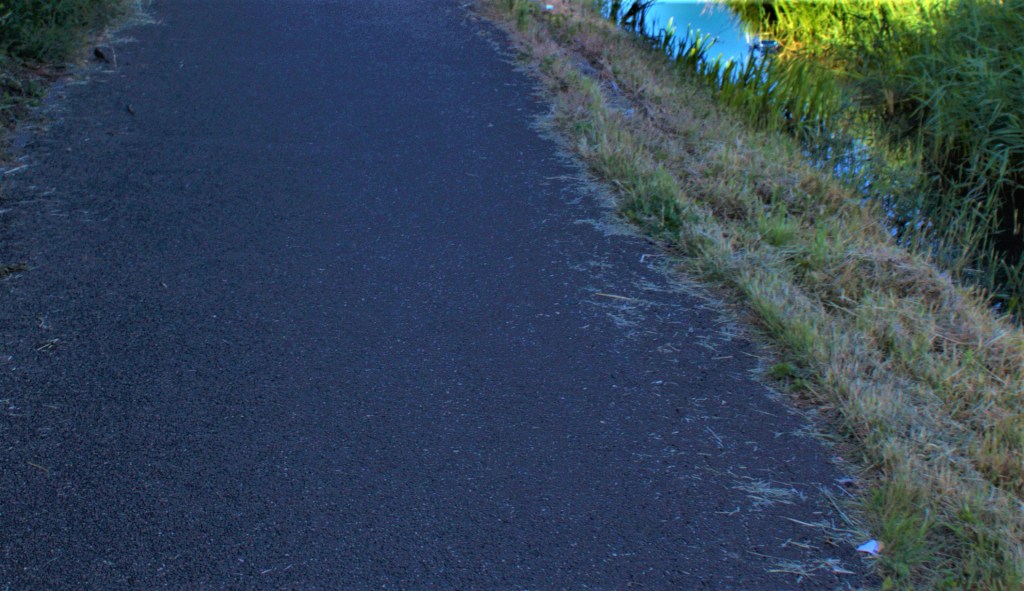Today’s match at the 2023 ODI World Cup was between Sri Lanka and Bangladesh. A win for Bangladesh would mean that England stood alone as the sole team with as few as two points, while a win for Sri Lanka would effectively book their place in the 2025 Champions Trophy.
THE SRI LANKA INNINGS
Bangladesh won the toss and decided to bowl first. Sri Lanka’s fourth wicket fell at 135. Angelo Mathews came in at that point. One minute and 54 seconds after the fall of the fourth wicket Mathews put his helmet on and tried to tighten the strap, which promptly broke. Mathews then had a bit of a laugh and called for a replacement helmet. Shakib Al-Hasan, mindful of the laws of the game and the playing conditions in force for this tournament, appealed, and the umpires had no choice but to give Matthews ‘Timed Out’ for not being ready to face the ball within two minutes of the wicket falling. Mathews eventually left the crease, and as he crossed the boundary he petulantly flung down his bat and helmet.
The Laws of Cricket require that the new batter be ready to face within three minutes of the fall of a wicket, while this tournament has a playing condition in place tightening that to two minutes. The Sri Lankan numbers 3,4 and 5 had all been ready within about 100 seconds of the fall of the wicket. Mathews was testing the limits even before his helmet strap broke while he tried to tighten it. The umpires apparently checked twice with Shakib Al-Hasan as to whether he wished to withdraw the appeal, and he quite rightly refused to do so – Matthews was out fair and square.
It was the first time anyone had been given ‘Timed Out’ in any international fixture, though there are six official incidents from first class matches and from before ‘Timed Out’ was officially introduced there is the case of Harold Heygate for Sussex v Hampshire, who originally did not intend to bat since he was suffering from rheumatism, but at the crisis decided to attempt to go in, took too long to reach the middle and was denied his innings. A detailed analysis of the Mathews dismissal can be found here. For more on bizarre dismissals, here is a link to a post I created during the first Covid lockdown.
The rest of the Sri Lankan innings after Mathews’ zero ball duck was dominated by Charith Asalanka. The talented left hander scored a splendid 108, which enabled his side to reach 279 from 49.3 overs by the time their tenth wicket fell. Shakib Al-Hasan had 2-57 from his 10 overs of left arm spin, as well as playing his role in the historic Mathews wicket.
THE BANGLADESH REPLY
I missed a chunk of the Bangladesh innings due to having to visit my surgery. Bangladesh were firmly in control by the time I got home, and did not seriously look like losing at any stage, though they lost a few late wickets. Najmul Hossain Shanto scored 90 off 101 balls, and Shakib Al-Hasan 82 off 65 balls. Bangladesh won by three wickets with 8.5 overs to spare, a result which moved them above Sri Lanka in the table, and left England even more firmly nailed to the foot of the table than they already were. The Sri Lankan players refused to shake hands with their Bangladeshi counterparts at the end of the match. Shakib Al-Hasan’s all round contribution earned him the Player of the Match award.
PHOTOGRAPHS
My usual sign off…





























































































































